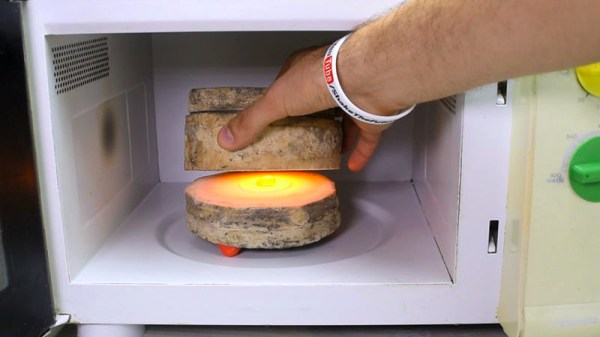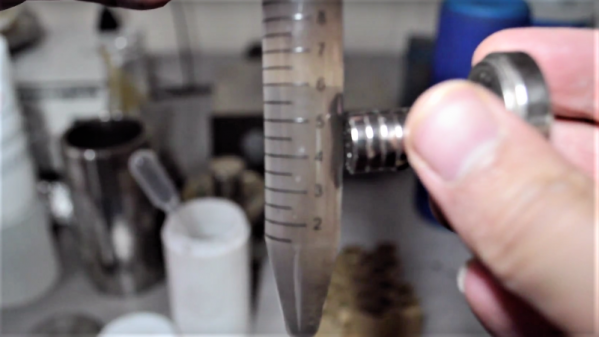When seeing a story from MIT’s Lincoln Labs that promises 3D printing glass, our first reaction was that it might use some rare or novel chemicals, and certainly a super-high-tech printer. Perhaps it was some form of high-temperature laser sintering, unlikely to be within the reach of mere mortals. How wrong we were, because these boffins have developed a way to 3D print a glass-like material using easy-to-source materials and commonly available equipment.
The print medium is sodium silicate solution, commonly known as waterglass, mixed with silica and other inorganic nanoparticles. It’s referred to as an ink, and it appears to be printed using a technique very similar to the FDM printers we all know. The real magic comes in the curing process, though, because instead of being fired in a special furnace, these models are heated to 200 Celsius in an oil bath. They can then be solvent cleaned and are ready for use. The result may not be the fine crystal glass you may be expecting, but we can certainly see plenty of uses for it should it be turned into a commercial product. Certainly more convenient than sintering with a laser cutter.












